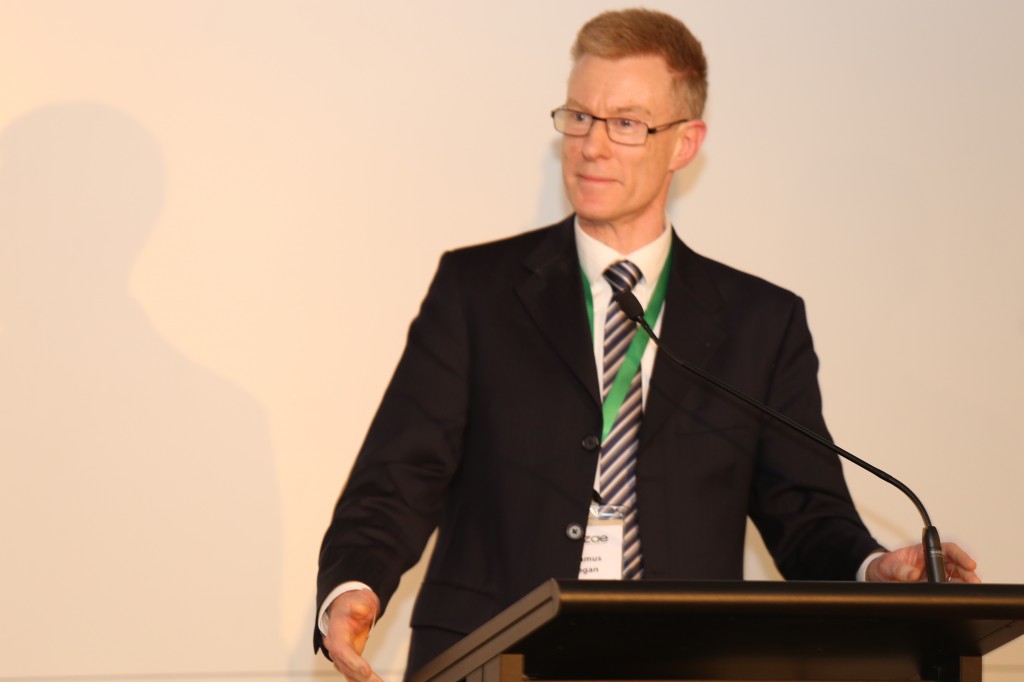John Riley is an outstanding academic economist and his journey to this illustrious career started here in New Zealand. He grew up in Christchurch and spent his early life in the Canterbury, Otago and Lake Hawea areas with frequent trips to Wellington on the overnight ferry. Educationally he honed his mathematical skills at Christ’s College under the tutelage of Alan Ramsey. He then went on to the University of Canterbury’s Mathematics Department where he completed a B.Sc. (Hons). As an undergraduate he competed for Canterbury in both swimming and basketball. He was also leader of the notorious (and long since banned) haka party in Capping week.
Unsure what to do next he was persuaded by Bert Brownlie to switch to economics (a part of the famous Knights move) and earned an M. Com in economics in 1969 (class of 1968). While in the Economics Dept. at Canterbury the opportunities and challenges available in economics were reinforced by visitors such as Stiglitz, Debreu and Koopmans. From here John went on to complete his doctorate at MIT where his thesis advisors were Robert Solow and Peter Diamond .
In 1973 he joined the UCLA economics department. His most influential colleague at UCLA was his co-author Jack Hirshleifer (“Analytics of Uncertainty and Information” CUP 1992). This book is still widely used as an entry level text in this field and a second edition (co-authored by Sushil Bikhchandani) is due to be released later this year. John is best known for his research on markets with asymmetric information. He was heavily involved in the early development of the theories of signalling and of auctions. Had he followed advice from Mirrlees early in his work on signalling he would have never written his much cited Econometica paper “Informational Equilbrium”. However, it is a signal of the man, that he took this advice to stop working in this area as an inspiration to not only continue but to solve the problem – even if it took the rest of his life. Fortunately it didn’t take that long!
In 1978 John began working with Jack Hirshleifer on the “war of attrition” and published two papers in the Journal of Theoretical Sociobiology. This led him to start comparing revenue in auction and other “winner-take-all” environments. Eventually the number of mechanisms for which there was revenue equivalence led him to the conclusion that there must be some unifying principle explaining these results.
His most cited paper on auctions (with William Samuelson) includes the first proof of the celebrated “revenue equivalence theorem”. He also collaborated extensively with Eric Maskin on auction theory. John has recently completed a graduate textbook “Essential Microeconomics” (2012). He is currently Distinguished Professor of Economics and very recently completed a third term as Chair of the Economics Department at UCLA.
However these roles do little to capture the depth and diversity of John’s work. He has more than fifty peer reviewed articles including multiple articles in all of the top journals – AER, JPE, QJE, JEL, Ecnometrica, Journal of Public Economics, Journal of Economic Theory and Games and Economic Behaviour. In fact, according to REPEC John is among the top 5% of authors internationally according to virtually every criteria that they report on such as: Average Rank Score; Number of Distinct Works, Weighted by Simple Impact Factor; Number of Distinct Works, Weighted by Recursive Impact Factor … Number of Citations; Number of Citations, Weighted or Discounted by Citation Age, impact factor, number of authors and others. Remarkably his annual google scholar citations show no sign of decreasing. Indeed they reached a life-time high of 712 in 2012.
Although being a world leader in the area of auctions and mechanism design John has not lost sight of his kiwi roots. He has continued to come back to New Zealand annually and to stay in touch with his mentors at the University of Canterbury. He tells us his biggest return to NZ for his wonderful start is his daughter who has over 70 caps playing representative football for NZ. However, the Association believes his contribution is much more direct than this and in recognition of both the quantity and quality of his own ground breaking work we honour him with this award of Distinguished Fellow.

